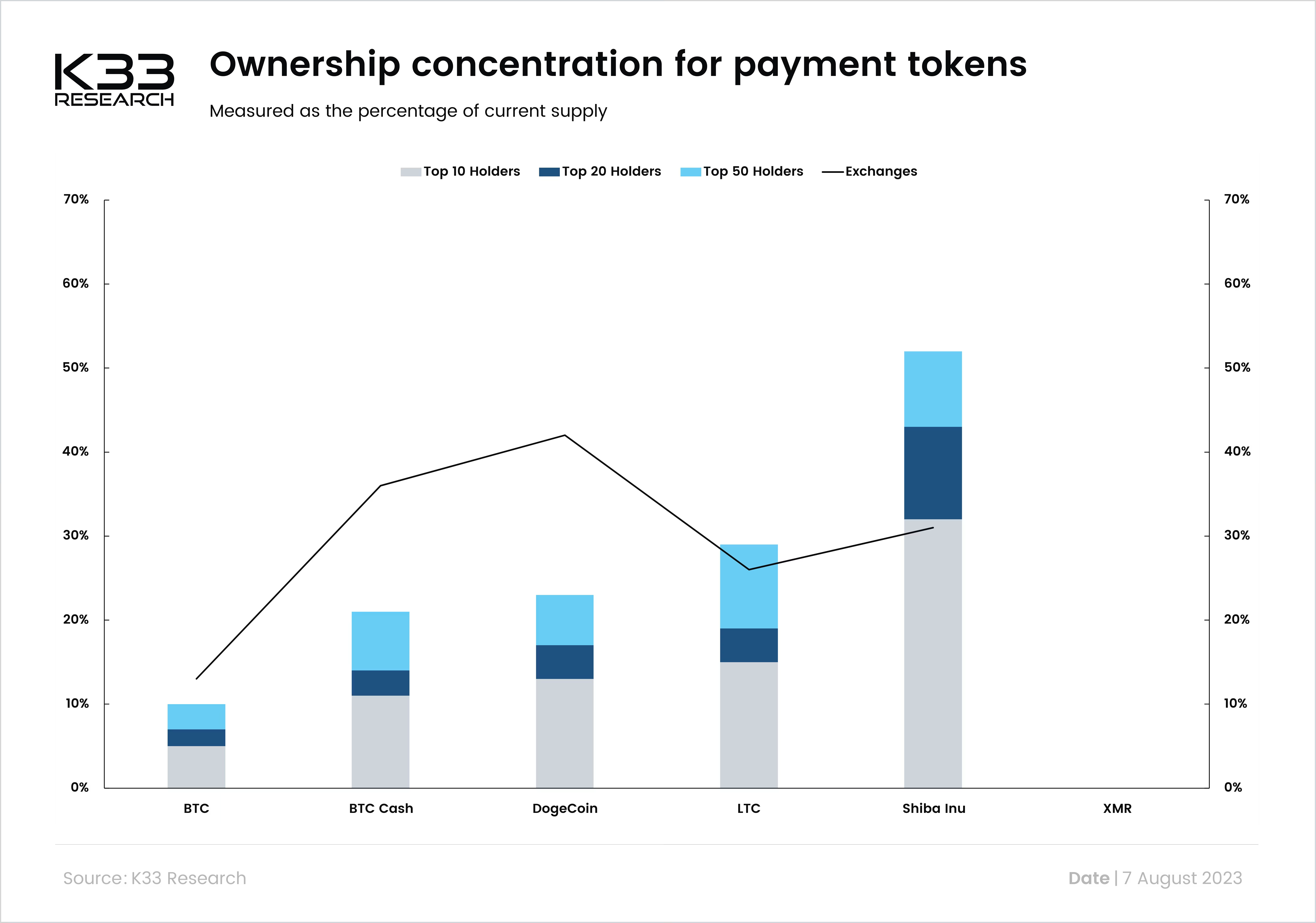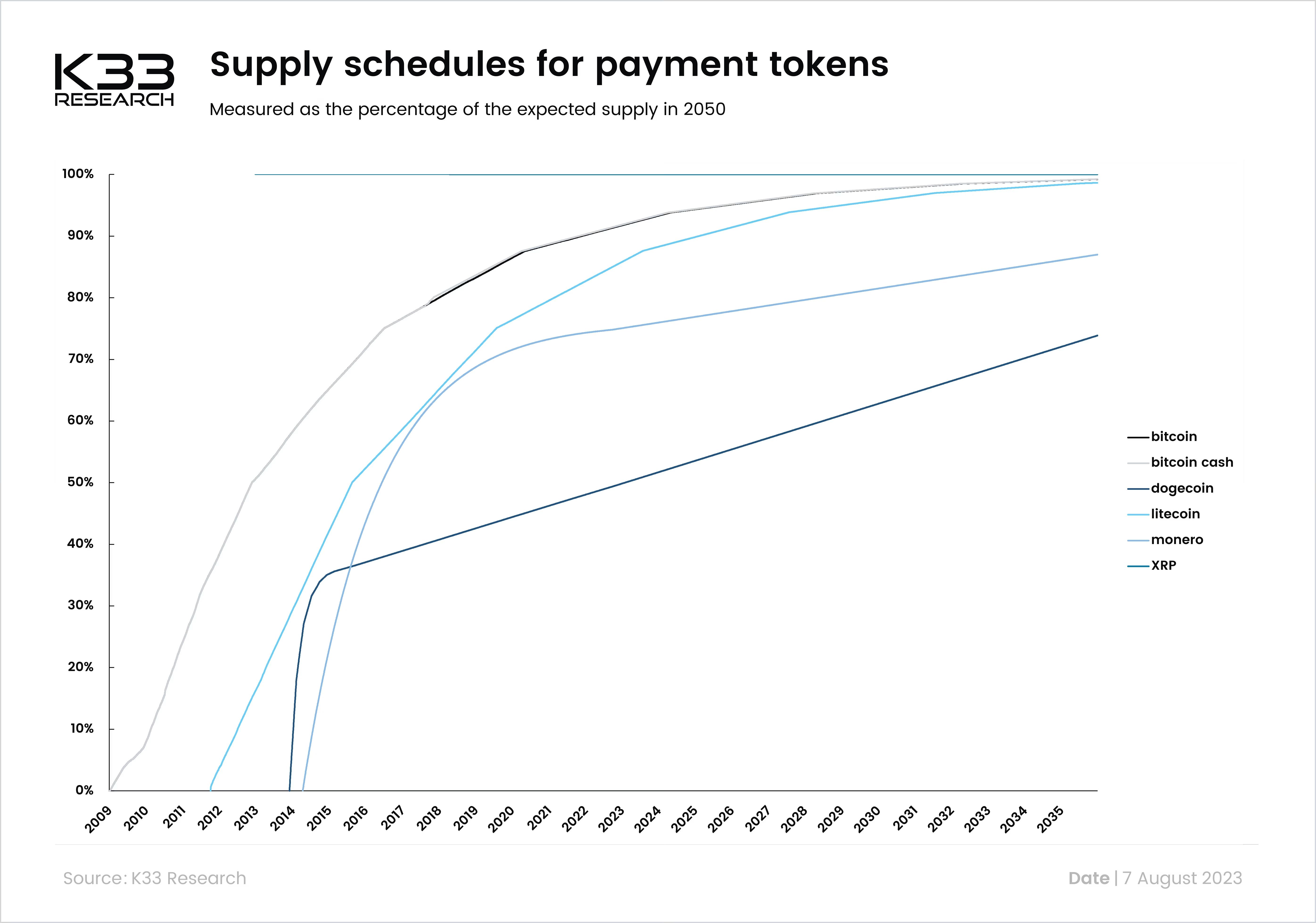A naïve approach to valuing Etherlg...
In “A framework for evaluating token prices” we suggested a conceptual way to think about the fundamental value of cryptocurrencies. In this article, we analyze “Access Utility” and its impact on token price in a very naïve and stylized way.
lg...more

